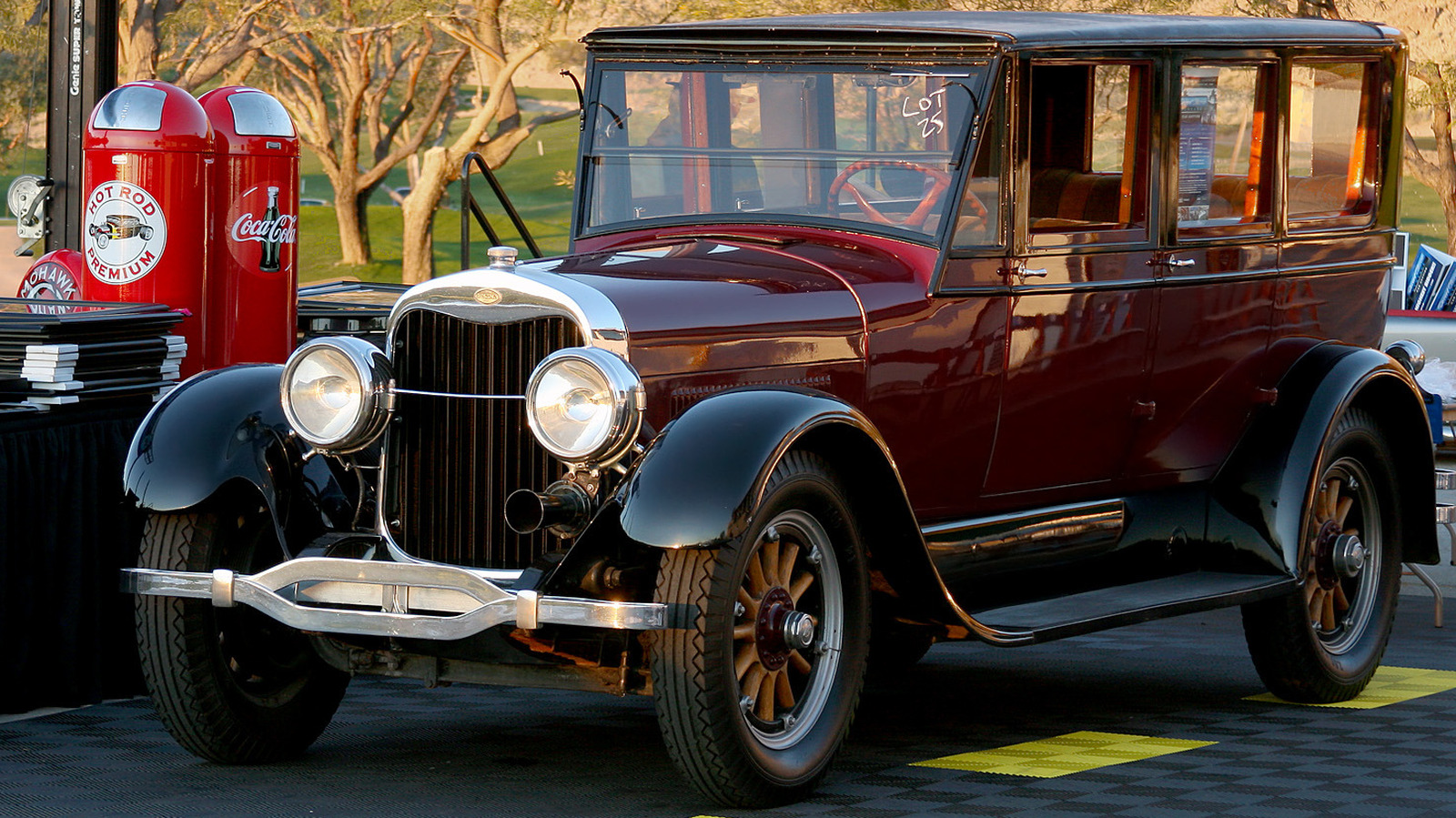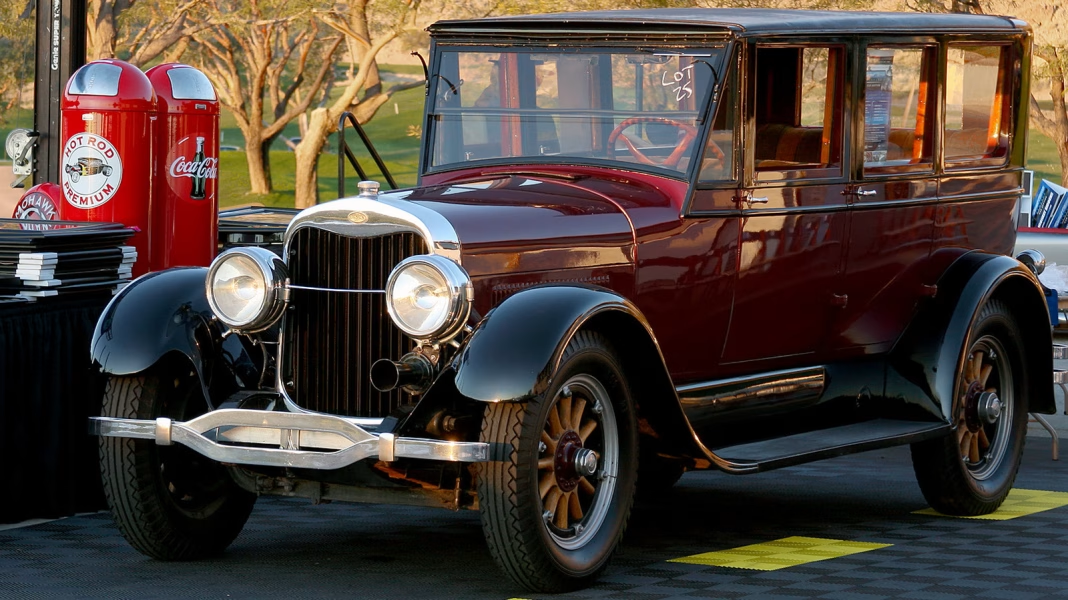What Made Henry Leland Such a Pivotal Figure in Automotive History?
If you’ve ever wondered how some of the most iconic luxury car brands came to be, you’ll find Henry Leland’s story is packed with twists, ambition, and a dash of drama. Leland wasn’t just another name in the early days of Detroit’s auto industry—he was the mind behind not one, but two legendary marques. And his journey? Anything but straightforward.
How Did Leland’s Early Experiences Shape His Approach to Building Cars?
Leland’s roots were in precision engineering. Before he ever set foot in the car business, he was making gears and engines for other companies. That obsession with accuracy and quality stuck with him. When he joined the Cadillac Motor Car Company, he brought along a mindset more akin to a watchmaker than a typical car builder. This was at a time when most cars were cobbled together with whatever parts were on hand, leading to wildly inconsistent quality.
Leland insisted on standardized, interchangeable parts—a radical idea back then. The result? Cadillac earned a reputation for reliability and precision, even winning the prestigious Dewar Trophy in 1908 for demonstrating that its cars could be disassembled, mixed up, and reassembled without a hitch. That kind of attention to detail set a new bar for the entire industry.
What Was the Real Story Behind Leland and Henry Ford’s Tumultuous Relationship?
You might think two titans like Leland and Ford would have made a dream team, but their partnership was more soap opera than fairy tale. Leland first crossed paths with Ford when he was brought in as a consultant to appraise the struggling Henry Ford Company. Instead of shutting it down, Leland convinced the investors to keep the doors open—and Cadillac was born.
But Leland’s perfectionism clashed with Ford’s focus on speed and cost-cutting. Ford wanted to build cars for the masses; Leland wanted to build the best. The tension eventually boiled over, and Leland left, but not before Cadillac had become synonymous with luxury and engineering excellence.
How Did Leland Go On to Create Another Luxury Brand After Cadillac?
Most people would call it a career after founding one legendary brand, but Leland wasn’t done. During World War I, he and his son Wilfred left Cadillac (by then part of General Motors) over disagreements about supporting the war effort. Leland wanted to build aircraft engines for the Allies, but GM’s brass didn’t see the value.
So, Leland struck out on his own again, founding the Lincoln Motor Company in 1917. The name was a nod to his hero, Abraham Lincoln. Lincoln started out building aircraft engines, but after the war, Leland pivoted back to luxury cars. The first Lincolns were elegant, powerful, and expensive—exactly what you’d expect from the man who set the standard at Cadillac.
Why Did Lincoln Struggle, and How Did Ford End Up Owning It?
Even with Leland’s expertise, Lincoln hit rough waters. The postwar economy was rocky, and the company found itself in financial trouble. Enter Henry Ford—again. In a twist of fate, Ford bought Lincoln out of bankruptcy in 1922. Leland stayed on briefly, but the old tensions resurfaced, and he was soon shown the door.
Despite the drama, Lincoln thrived under Ford’s ownership, eventually becoming the luxury division we know today. Leland’s fingerprints, though, were all over its DNA: meticulous engineering, uncompromising quality, and a relentless drive to innovate.
What Lasting Impact Did Leland Have on the Automotive World?
Leland’s legacy isn’t just about the cars that bore his name. He helped turn Detroit into the Motor City by proving that precision and luxury could go hand in hand with mass production. His insistence on interchangeable parts paved the way for modern manufacturing. And his personal story—a blend of vision, stubbornness, and resilience—still inspires entrepreneurs and engineers alike.
The big takeaway? Building something lasting isn’t about perfection—it’s about smarter adjustments. Start with one change this week, and you’ll likely spot the difference by month’s end.


